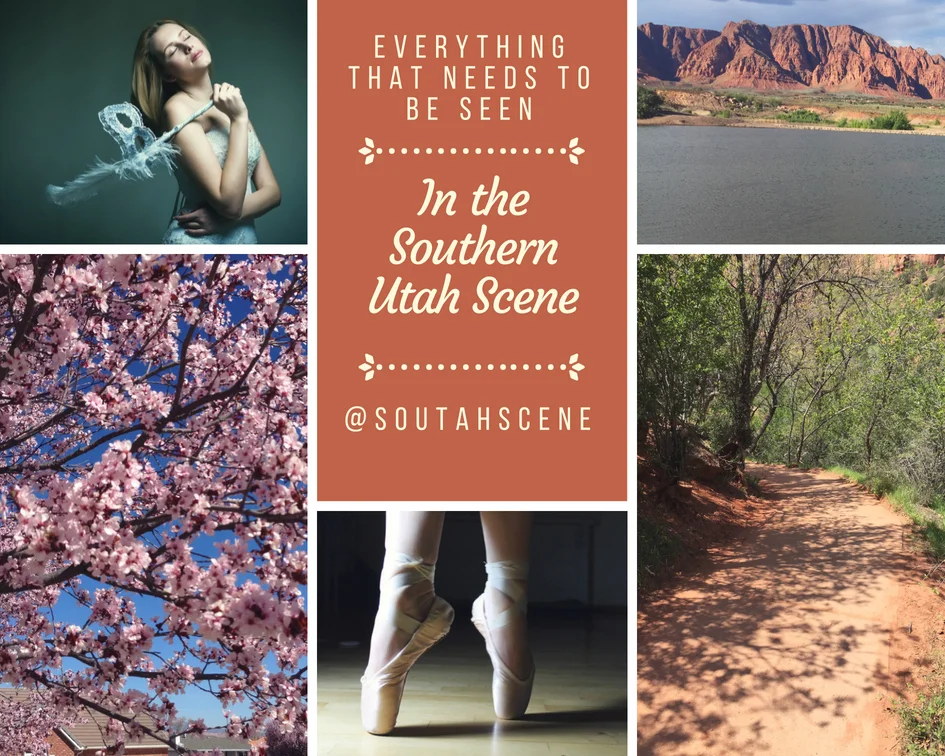Regardless of your views on theology, or even the merits of musical theater, one thing is clear after witnessing the visual spectacular of Tuacahn’s The Prince of Egypt, the Tuacahn canyon has never looked more majestic.
While few things can dwarf the towering red rock canyon in which the amphitheater sits, and even fewer can improve upon its regal beauty, there is something about watching Moses part the Red Sea in our own desert wilderness that left me with a renewed sense of wonder.
Suffice it to say, if you have to pick just one production to see at Tuacahn this season, this is the one.
(continue reading below)
Even if you based the decision solely on the technical merits of the show, you would not be disappointed. I mean, we’re talking the plagues of Egypt, right in front of you on stage!
The miracles wrought by Moses at the hand of God are, in this case, a result of a combination of pyrotechnics, LED screens, lighting, beautiful set design and the water feature that can flood the entire stage. These elements all combine to dramatically, and effectively, show the turmoil in which the Egyptians found themselves after the Pharaoh refused to free the Hebrew slaves.
However, this smorgasbord of technical triumph is certainly not the only reason to run, not walk, to get tickets to this play.
While accolades surely must go to Jacob Dickey who does a phenomenal job in the role of Moses, and Roderick Lawrence as his brother Ramses, they are just one of many bricks comprising this carefully designed pyramid.
The ensemble cast was unbelievable — particularly when it came to dancing strength. Using modern dance maneuvers this talented group became the river that carried baby Moses to his Egyptian life, the sand that threatened to bury him as he wandered lost in the desert, and the slaves for whom Moses was desperate to free.
The costume design is an artistic component all its own. Seeing the contrast between the colorfully adorned Midianites and the dirty grey garb of the Hebrews served as a stark reminder of the differences in their lives. Each of these worlds are set against the backdrop of the gold-laced Egyptian clothing, which underscores the worlds Moses was forced to straddle before ultimately making his choice.
And then there is the set design.
Brad Shelton, set designer at Tuacahn, says The Prince of Egypt is by far the largest show they’ve ever done.
“Ever year we set the bar a little higher,” he says.
And that is definitely true in this case.
Having recently re-watched the Dreamworks film, I was happily familiar with some of the powerful music in the play, including “Deliver Us” and “When You Believe.” As is often the case, the stage version has several additional songs which add even greater depth to some of the characters and their relationships than you see in the film. For example, Moses and Ramses. Their worlds are so interconnected and yet so far apart. It’s easy to see why their separation would be painful. The beautiful rendition of “Footprints On the Sand” is one powerful example.
And the sorrow displayed by Nefertari (Ramses wife played by Santini Umbach) when her oldest child dies is painfully beautiful to witness when she sings “Heartless.”
Finally, the story itself is, of course, biblical in size. While the play is there to entertain, one can definitely see the lessons to be learned from the many layers of this story. It was particularly fascinating to see Moses so humanized as he truly struggled with the aftermath of the plagues — particularly the deaths of the firstborn children, which is something he abhorred about his Pharaoh father’s reign.
There are times when stories from the Bible, and other literature, become so commonplace we fail to remember that they are more than just lines on a page of an ancient manuscript. They were people. Complex people with thoughts, fears and dreams. If nothing else, watching this well-known tale unfold on stage is a reminder of these complexities and the lessons to be learned.
You simply cannot find a more majestic backdrop for this classroom.
For ticket dates, prices and more information log onto www.tuacahn.org
Find out more about the local theater scene, and everything else that needs to be seen in the Southern Utah Scene, by following @SoUtahScene on Instagram.


